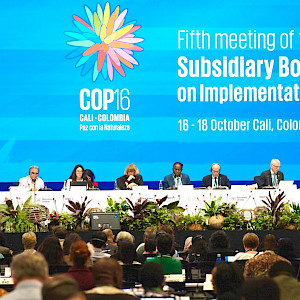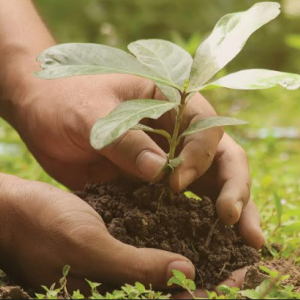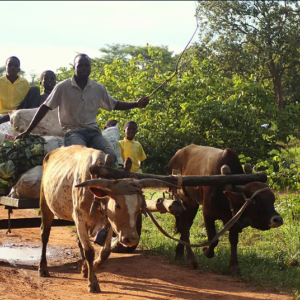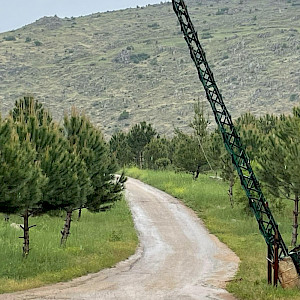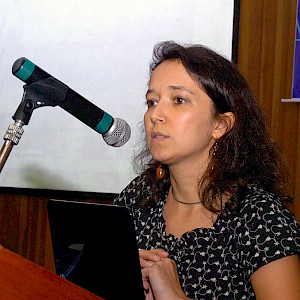During the SER2023 in Darwin, from Sept 26-30, the Global Partnership on Forest Landscape Restoration presented the main contributions and lessons learned in these twenty years of existence. The GPFLR’s symposium “Opportunities and challenges in scaling up forest and landscape restoration: perspectives of the Global Partnership on Forest Landscape Restoration” reunited specialists of partner organisations to showcase initiatives about the implementation of restoration, financing mechanisms and high quality of forest and landscape restoration (FLR).
At the opening, James Hallet (SER) addressed the relevance of standards in implementing forest landscape restoration. In that same vein, Victoria Gutierrez (Commonland) discussed how to guarantee the ecological integrity of degraded landscapes while ensuring the provision of ecosystem services necessary for human well-being. Her remarks also showcased the positive impacts of adopting FLR principles and how they can guide implementation that maximises net gain for ecosystem structure, composition, function, livelihood, and human well-being.
Christophe Besacier (FAO) contributed to the topic by explaining the financing mechanisms of forest and landscape restoration and how to mobilise large-scale private sector finance, even if many of the benefits of FLR are sometimes difficult to observe directly and quantify precisely. The advantage is undeniable and FLR’s projects have the potential to attract a broad range of public or private investors. Besacier shared the lessons learned about the real costs of ecosystem restoration, effective financing mechanism practices, gaps and challenges.
In “Building a pathway for high-quality FLR”, Anita Diederichsen (WWF) highlighted key elements to achieve this, with possible steps to take on by practitioners and implementers who work in activities related to this subject. For that, it was used the six principles adopted by the GPFRL. Working with high quality, however, is to add important needs in these principles. For example, not only engage stakeholders and support participatory governance, but also identify all key stakeholders and manage their active participation, like indigenous peoples and local communities.
This GPFLR event also shared knowledge about measuring restoration success in tropical forests, illustrated by Rubens Benini (TNC), while Theresa Keith (FSC) discussed forest practices certification and its role in forest and landscape restoration.
The Conference
The SER World Conference is from September 26th to 30th, in Darwin (Australia). More than 1000 participants from 80 countries will be at the city to share research and debate the main challenges of working with landscape restoration. For more information about the conference, please visit SER2023.org.



